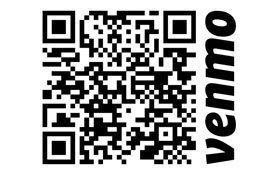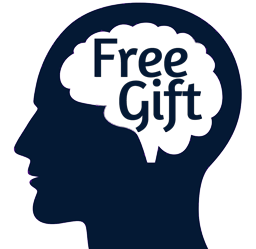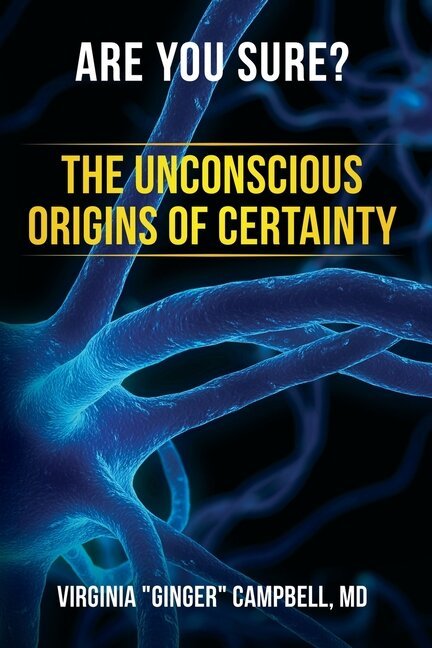Show Notes
I want to thank Matthew Lofton for pointing out to me that there is evidence that elephants can recognize themselves in a mirror. This means I was wrong when I said (in #16) that only humans and some primates can do this. He referred us to "I, Elephant," by Kaspar Mossmanin in the February 2007 issue of Scientific American Mind. The original article was "Self-recognition in an Asian elephant," by:Plotnik, Joshua M.; de Waal, Frans B. M.; Reiss, Diana. Proceedings of the National Academy of Sciences of the United States of America, 11/7/2006, Vol. 103 Issue 45, p17053-17057. He posted this information as a comment, but I wanted to bring this to everyone's attention.
Episodes that are referred to in this episode:
Note: You should have no problem listening to Episode #17 first, but I have provided these references for those who want to review or go back for more details.
Definitions used in this episode:
Attractor: a cognitive template that enables pattern recognition. An attractor is thought to be a concise set of neurons with strong interactions among themselves. A unique and important quality of attractors is that a broad range of inputs activate the same set of neurons. This is thought to be the mechanism of pattern recognition.
Cognitive competence: the ability to relate the old to the new so as to recognize the similarities between a new problem and one that has been previously solved.
Cognitive wisdom: an enhanced capacity for problem solving
Generic memory: memory for patterns
Brief list of topics discussed in this episode:
Review of important ideas about the prefrontal lobes from #16.
An hypothesis about the differing roles of the right and left hemispheres.
How the brain changes in normal aging.
Mechanisms that protect the brain from degenerative changes:
Generic memory-why this type of memory is more robust.
Pattern expansion-how parts of the cortex expand with use.
Effortless experts-why familiar tasks are less demanding.
Why vigorous mental activity is important throughout life.
For more links related to Dr. Goldberg's work see the show notes for Episode 16.












